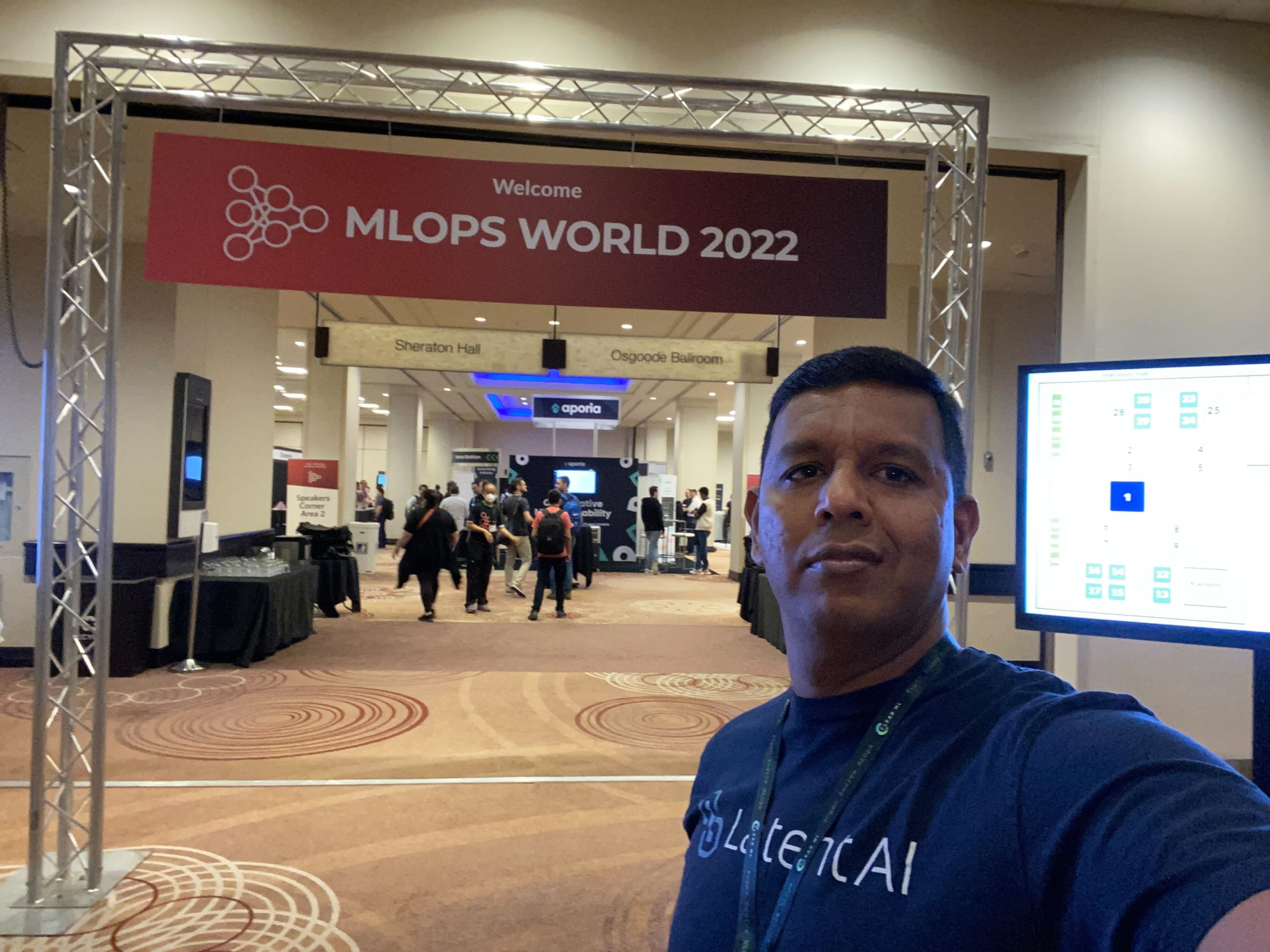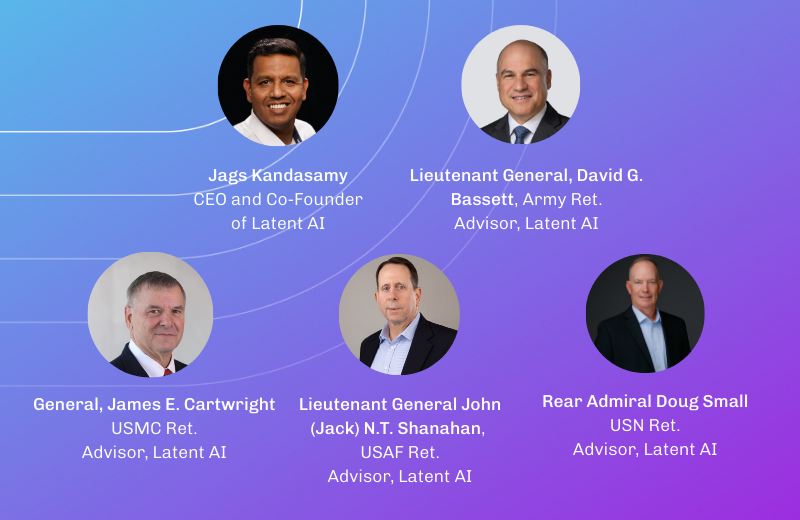Solving Edge AI Challenges in a Hardware Conflicted World

I recently attended MLOps World and was greatly encouraged by the energy and optimism surrounding AI and what it means for the future. It was a global event with close to 400 international participants representing a wide range of industries who were all by and large seeking new ways to enable and support their ML projects. Titles ranged from directors to developers, scientists to sales professionals, and community builders to compliance experts. There were also vendors promoting products including blackbox model security solutions, management features that could improve training and experimentation, and tools designed for model management in production. The scale and scope of the conference truly reflected the vast potential of AI. But what keeps returning to me, though, is the feeling that as an industry MLOps and edge AI are still in their infancy.
Obviously, MLOps World would not be as popular as it is unless there were tremendous benefits for enterprises who can get edge AI right. However, the path there still remains more littered with failed projects than successful ones. Part of the problem is that there is no single edge AI magic bullet solution that can solve all the inherent problems and conflicts projects introduce. As is, it can take developers months just to develop the infrastructure necessary to support their projects. Throw in model training time, and it’s easy to see how projects can collapse under their own weight before ever making an impact. And because there is no single end-to-end solution, enterprises struggle to understand at what point of their model development process to get the help they need.
Those are just some of the technological challenges. By and large, industries are also still figuring out how edge AI can benefit them. That means that sometimes the only thing that stands between their ML success and failure is the ability to envision the future. I was reminded of a recent customer of ours who was relying on a single camera for quality control on their manufacturing assembly line. The size of their compute intensive AI model required a GPU capable of supporting it. What they were missing was a bolt of lightning moment that could help move them past their self-imposed constraints. We helped them move from a single camera to multiple cameras with smaller CPUs for the same cost and power – but with exponentially more functionality and much improved algorithmic performance.
When there are competing visions for the future, it can be hard to know where to commit. We believe the way to make edge AI both practicable and adoptable is to build a system capable of producing rapid, reproducible, and robust models. That’s why we’re building the technology that helps enterprises build edge AI software factories that can produce optimized edge AI models at scale. By automating model development and deployment and reducing it to a single command line call, we can speed the delivery of optimized edge models that deliver compute constrained edge device model performance without sacrificing model accuracy. Our optimized edge AI models can run anytime, anywhere via a Docker container with all their dependencies pre-packaged and already in place. What does this mean for enterprises? It means reducing their model training time from months to minutes while making the whole process reproducible, scalable, and far easier to manage. At the end of the day, time to market remains the most important metric. Put simply, we help enterprises move their edge AI models to production far faster than they can now. And we make the process hardware agnostic.
By 2025, the 10% of enterprises that establish AI engineering best practices will generate at least three times more value from their AI efforts than the 90% of enterprises that do not. Now is the time to decide which of those groups you want to be in. For more information about how Latent AI can solve your edge AI deployment challenges while reducing your model training time from months to minutes, see latentai.com/recipes. Or to request a demo, contact us at info@latentai.com.





